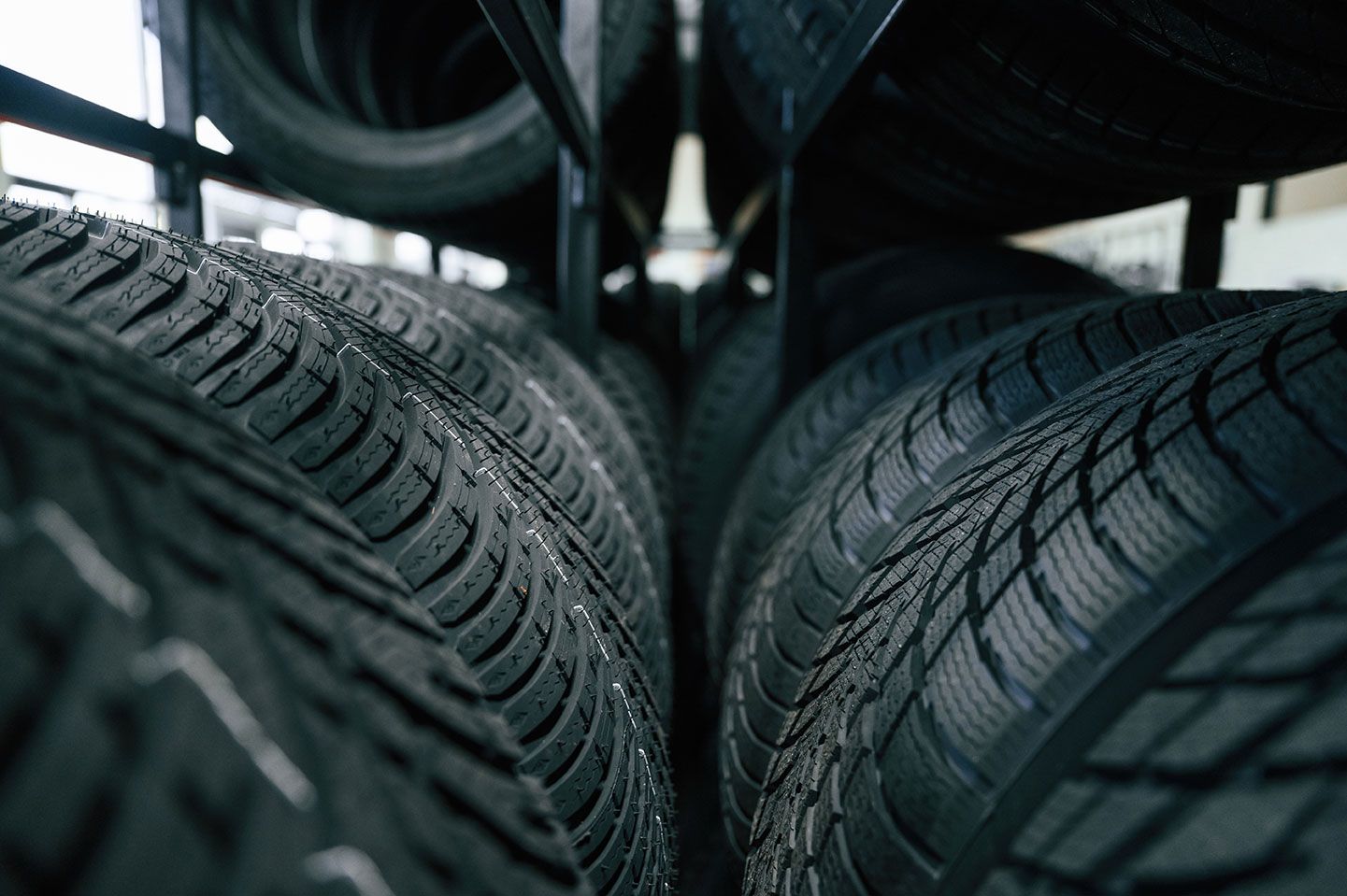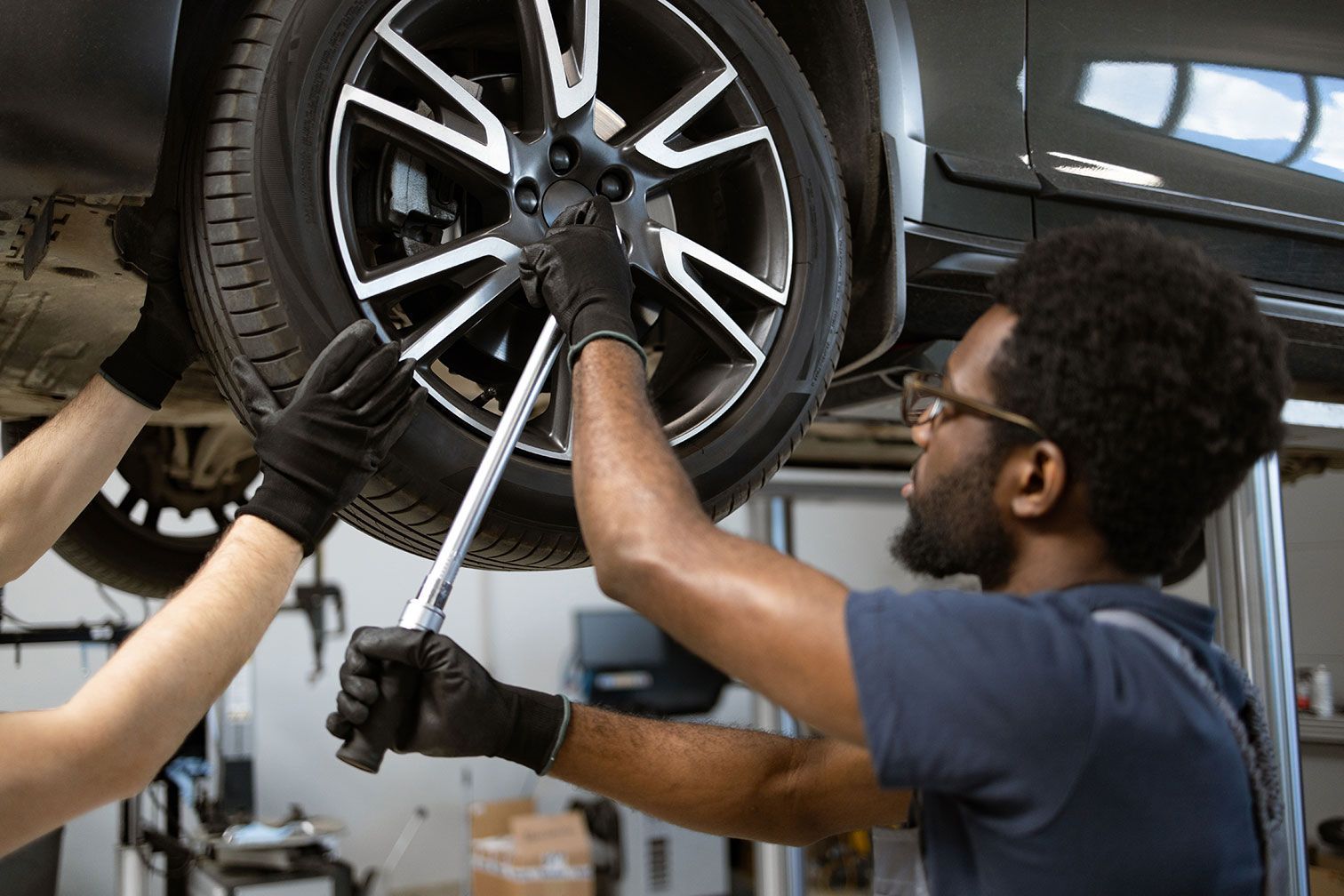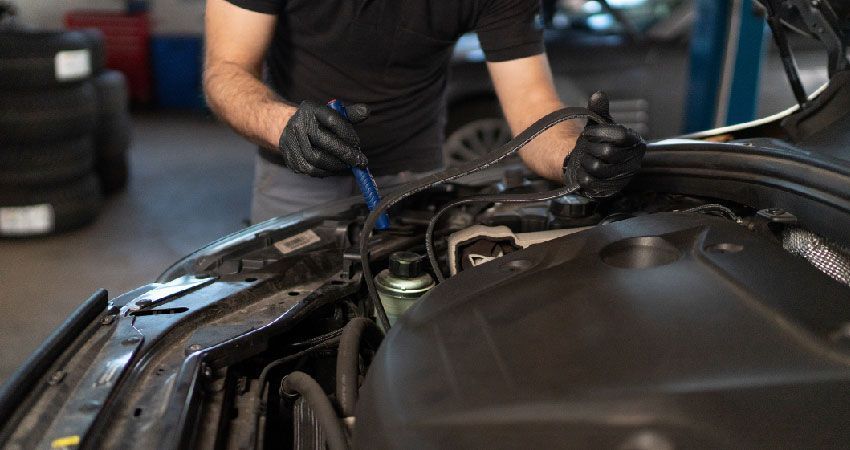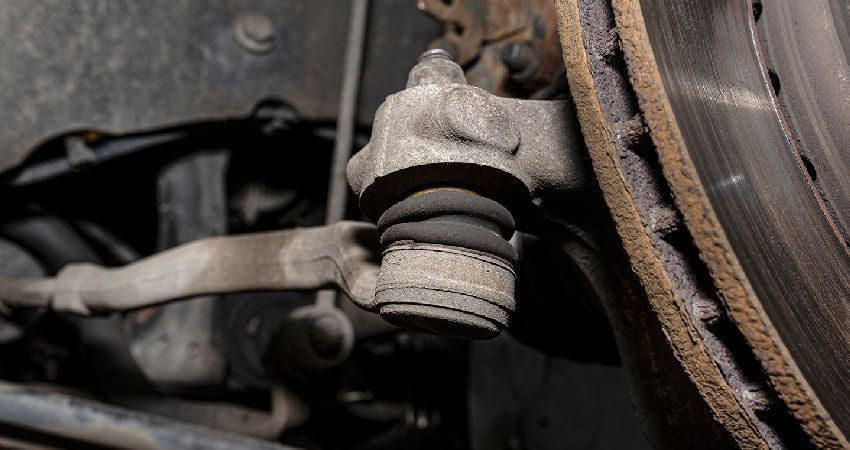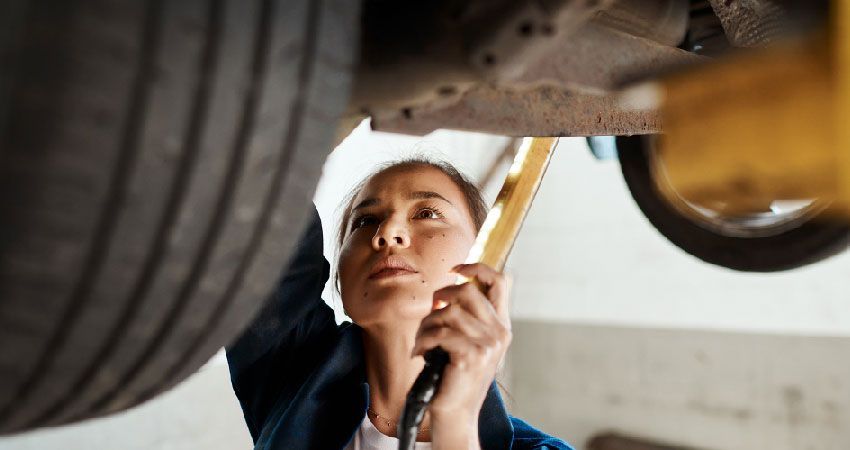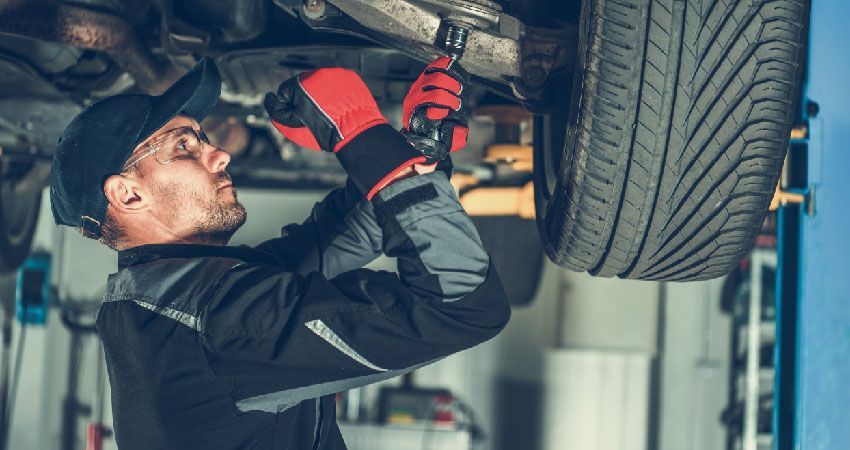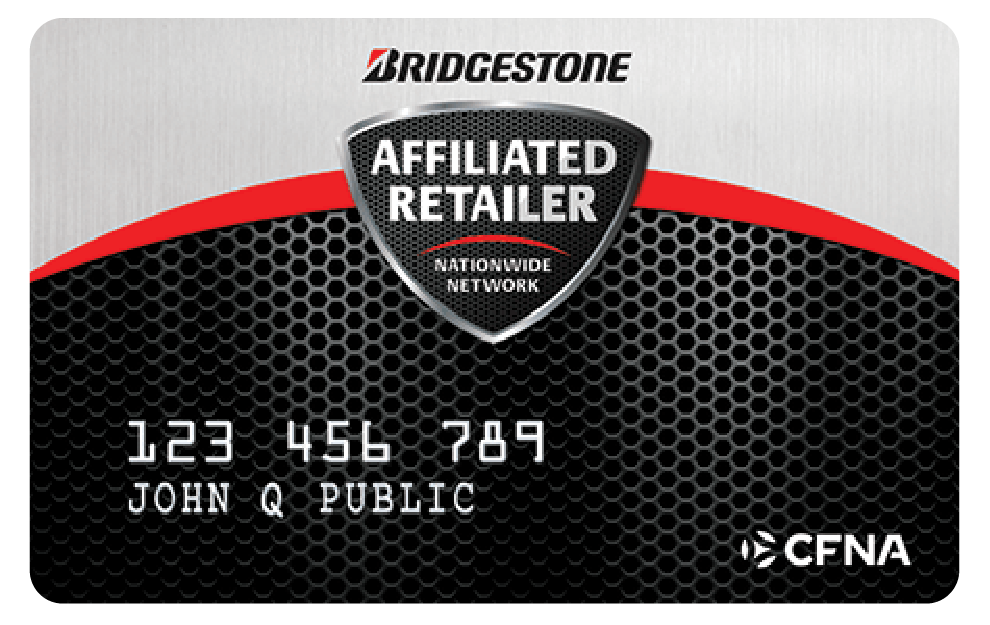What To Know About Engines
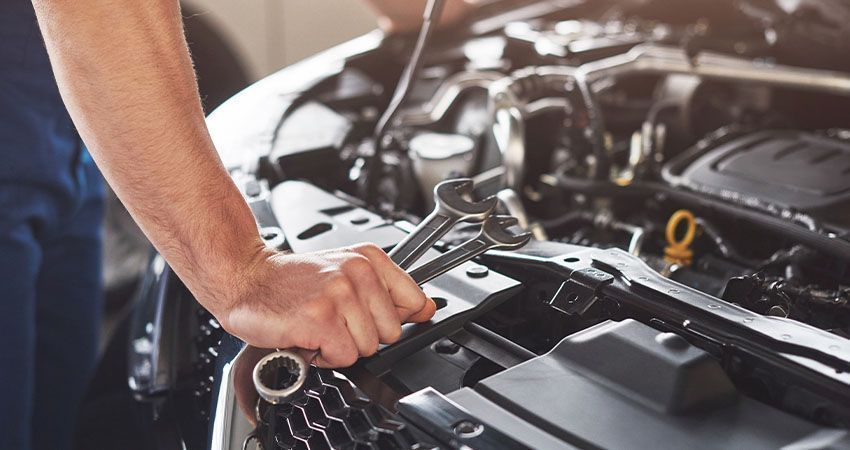
How do engine diagnostics work?
Since 1996, every vehicle that is built to be sold in the United States must have the OBD-II System. The OBD (On-Board Diagnostics) System is a device that detects problems in your engine. The system was put in place to help control vehicle emissions. Basically, this system can detect and inform the driver of malfunctions in the engine. It will send a message to your engine’s ECM (Engine Control Module) computer system. The ECM is in charge of controlling many of your engine’s processes including air/fuel mixture and emissions. The ECM System keeps your engine running efficiently while keeping emissions low. The ECM uses sensors to monitor your engine, adjust emissions, and/or engine timing when necessary; it will inform the driver when something is wrong with the vehicle by triggering your “check engine” light on your dashboard. If your OBD-II System detects a problem, it will record and store the corresponding code for the problem, which can be accessed by a technician. A trained technician can hook up his/her computer to your ECM System to receive the error code and diagnose the problem. The OBD System makes it much easier for a technician to determine what is actually wrong with your engine.
Why do engine diagnostics need to be performed?
When do engine diagnostics need to be per
formed?
Again, since 1996, all vehicles built to be sold in the United States have on-board diagnostics that monitor engine’s performance and inform drivers of problems. Your vehicle basically monitors and diagnoses its own performance. However, you can purchase your own computer or scanner to check for problems with your engine. These are the same scanners that technicians use to receive and diagnose problems stored by your OBD-II System. You can purchase one of these scanners and periodically check your engine’s performance, or you can rely on your OBD-II System and have your vehicle inspected by a trained technician whenever your “check engine” light comes on.
What is an engine tune-up?
As our engines have changed over time, so have our engine tune-ups. In the past, it was necessary to check and change many more parts. Today, engine tune-ups include checking, diagnosing, and replacing bad spark plugs, spark plug wires, distributor caps, fuel filters, air filters, and oil filters. Tune-ups can also include checking emission levels, fuel lines, wiring, coolant hoses, and serpentine belts. Checking items such as ignition contact points, ignition timing, carburetors, and condensers aren’t included anymore because today’s vehicles include electronic ignitions as well as computers that automatically adjust engine timing when necessary. These tune-ups keep your engine running as efficiently as possible and prevent early breakdown. Regular tune-ups will also extend the life of your vehicle.
Why do I need an engine tune-up?
Comprehensive Coverage for All Your Automotive Repair Needs Awaits You!
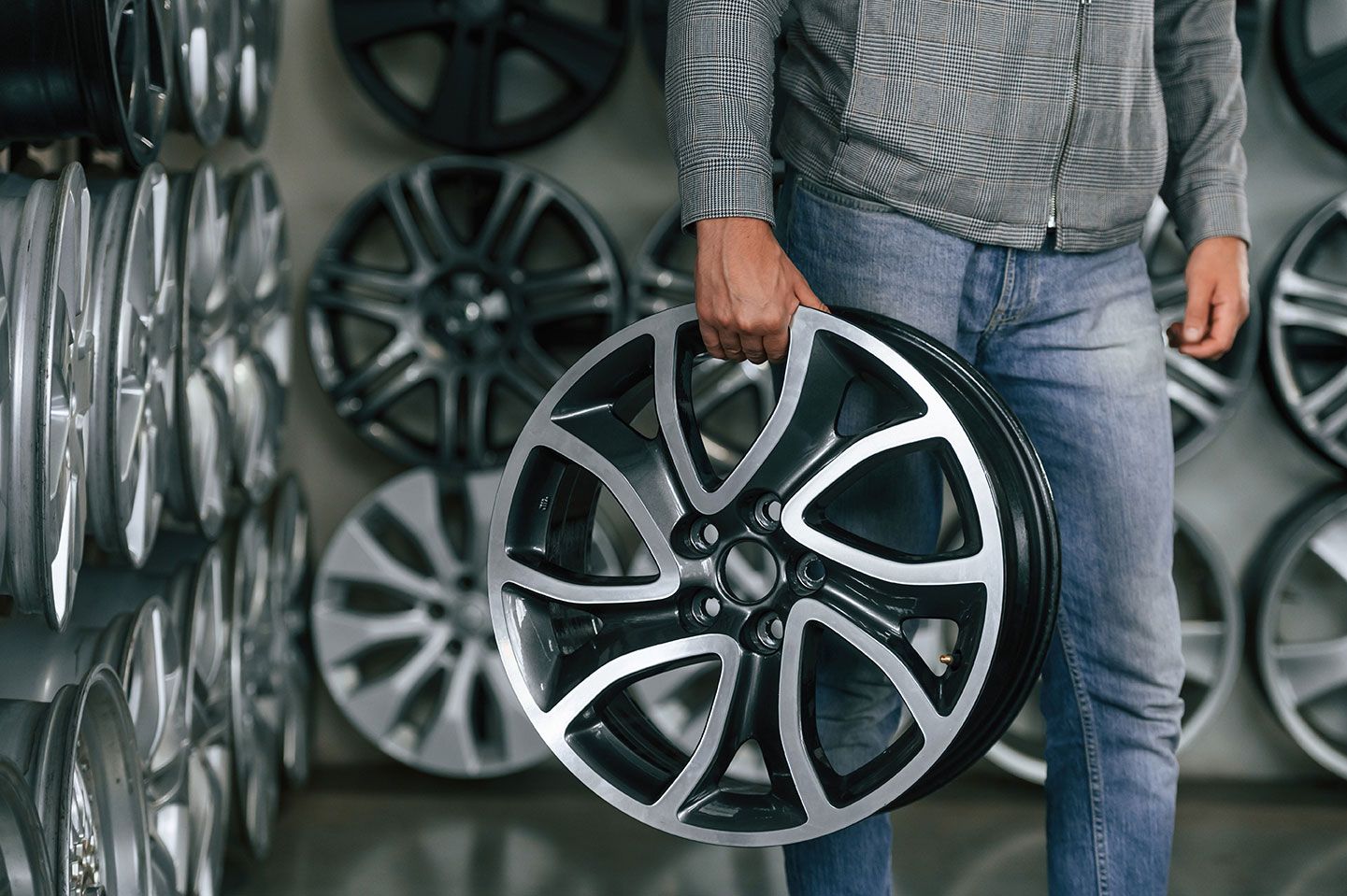
By Melissa Underwager
•
August 7, 2025
When it comes to the performance, safety, and aesthetics of your car, one often-overlooked but crucial component is the wheel. Car wheels serve not only as the foundation for movement but also play a significant role in handling, fuel efficiency, and overall driving experience. In this blog, we’ll dive deep into everything you need to know about car wheels, from their construction to how to choose the best ones for your vehicle.

